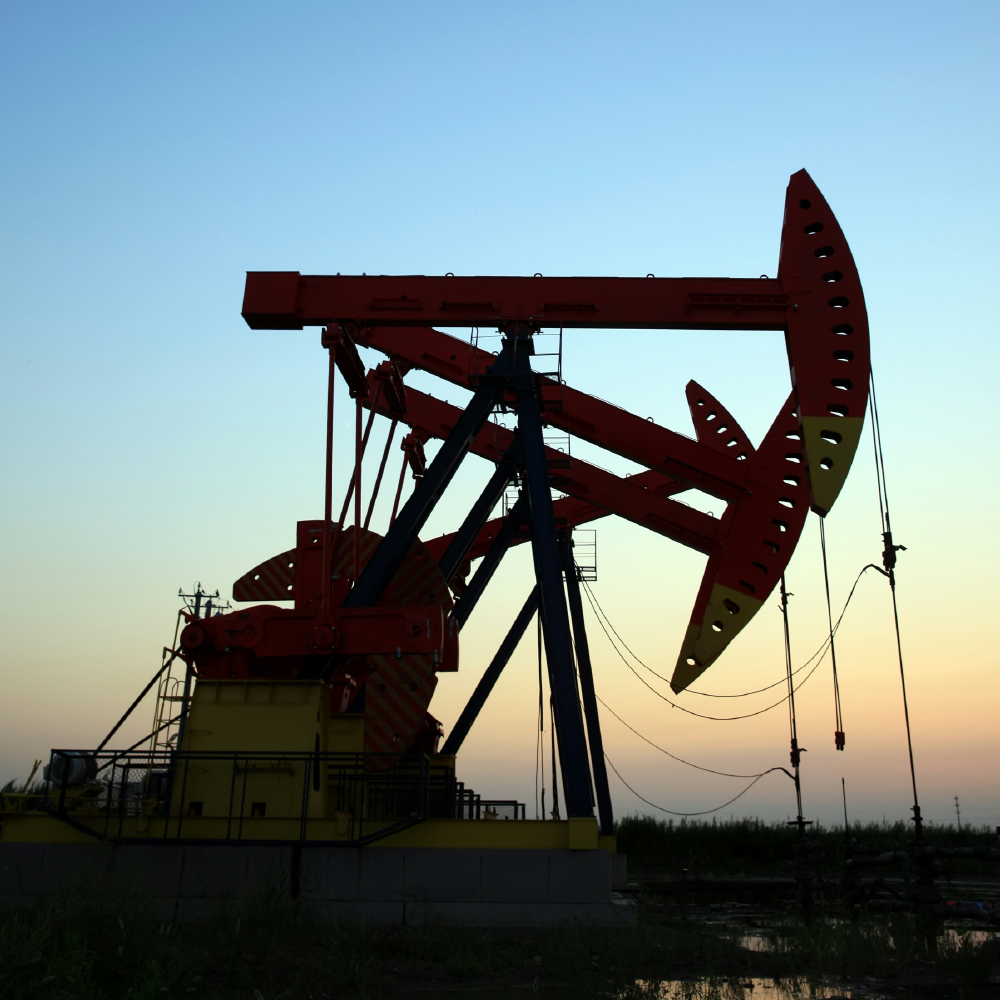
Oil wells play a crucial role in meeting global energy needs, but the process of extracting oil from beneath the earth is far from simple. An oil goes through several stages in its lifespan, from exploration to eventual closure. Each phase requires meticulous planning, investment, and technological expertise to ensure that the well operates safely and efficiently. In this article, we’ll explore the various stages of an oil well’s life cycle, shedding light on how these underground energy sources are developed, managed, and eventually retired.
Exploration and Site Selection
The journey begins long before drilling commences. Oil companies rely heavily on geological surveys, seismic studies, and advanced technology to identify potential reserves. Geologists analyze rock formations and sedimentary patterns to determine where oil deposits might be located. Once a promising site is found, companies may conduct 3D seismic testing, which provides a detailed map of the subsurface.
Permits and environmental assessments are essential at this early stage to ensure compliance with government regulations and to minimize environmental impact. If the surveys are promising, the site is marked for further investigation, and exploration wells may be drilled to confirm the presence of oil.
Drilling and Development
Once the presence of oil is confirmed, the development phase begins. Drilling operations require precision and heavy equipment like rotary drill rigs. A drill bit creates a wellbore, which can extend thousands of feet below the surface. Depending on the location of the oil reservoir, wells may be drilled vertically, horizontally, or even at an angle to maximize access to the deposit.
The casing is installed along the walls of the wellbore to maintain structural integrity and prevent the oil from contaminating groundwater. Cement is then pumped into the space between the casing and the wellbore walls to reinforce the structure further. After the well is drilled and the casing is set, a perforating gun creates tiny holes in the casing at the depth where the oil is located, allowing the oil to flow into the well.
Production and Operation
The production phase marks the point at which the oil well begins to yield its first output. Depending on the reservoir’s pressure and the quality of the oil, the natural flow might occur, where oil rises to the surface on its own. However, most wells require additional techniques to maintain production.
Artificial lift methods, such as pump jacks (nodding donkeys), gas lift systems, or submersible pumps, are often employed to enhance the flow. In cases where pressure depletes over time, companies may inject water or gas into the reservoir to maintain production levels, a process known as secondary recovery.
During the production phase, operators monitor the well continuously to optimize performance, detect leaks, and ensure safety. Wells can produce oil for several years, even decades, depending on reservoir size and pressure management.
Decline and Enhanced Recovery
Every oil well eventually experiences a natural decline in production as the reservoir’s pressure diminishes. When output falls below economically viable levels, operators must decide whether to implement enhanced oil recovery (EOR) techniques. These techniques go beyond traditional secondary recovery methods to extract additional oil from the reservoir.
EOR methods include injecting steam, chemicals, or carbon dioxide (CO2) into the well to loosen the remaining oil. This phase can significantly extend the well’s productive life but comes with added costs and technical challenges. Even with EOR, however, production will eventually decline to a point where further operations are no longer profitable.
Decommissioning and Abandonment
When an oil well is no longer economically viable, the decommissioning process begins. Abandoning a well involves several steps to ensure that it is safely sealed and poses no environmental risks. Engineers first remove any remaining equipment from the healthy site, including pump systems and piping. The well is then plugged with cement to prevent any leakage of oil, gas, or water.
In offshore wells, decommissioning may also involve removing platforms and restoring the seabed to its original state. Onshore wells are similarly restored to blend with the surrounding environment. Regulatory bodies closely monitor the abandonment process to ensure environmental compliance.
Environmental Considerations and Challenges
Throughout the lifespan of an oil well, environmental management plays a critical role. From the exploration phase to decommissioning, companies must adhere to strict regulations to mitigate potential harm to ecosystems and groundwater supplies. Spills, leaks, and emissions are ongoing risks that operators must address through proper maintenance and emergency response plans.
Decommissioned wells also require long-term monitoring to detect any residual leaks. In some cases, abandoned wells can be repurposed for geothermal energy or carbon storage, offering sustainable alternatives to closure.
The life cycle of an oil well is a complex journey involving multiple stages of exploration, development, production, and decommissioning. While each phase presents its own set of challenges, technological advancements, and careful management help maximize output and minimize environmental impact. Understanding the lifespan of an oil well highlights the intricate balance between energy production and environmental stewardship in the modern world.